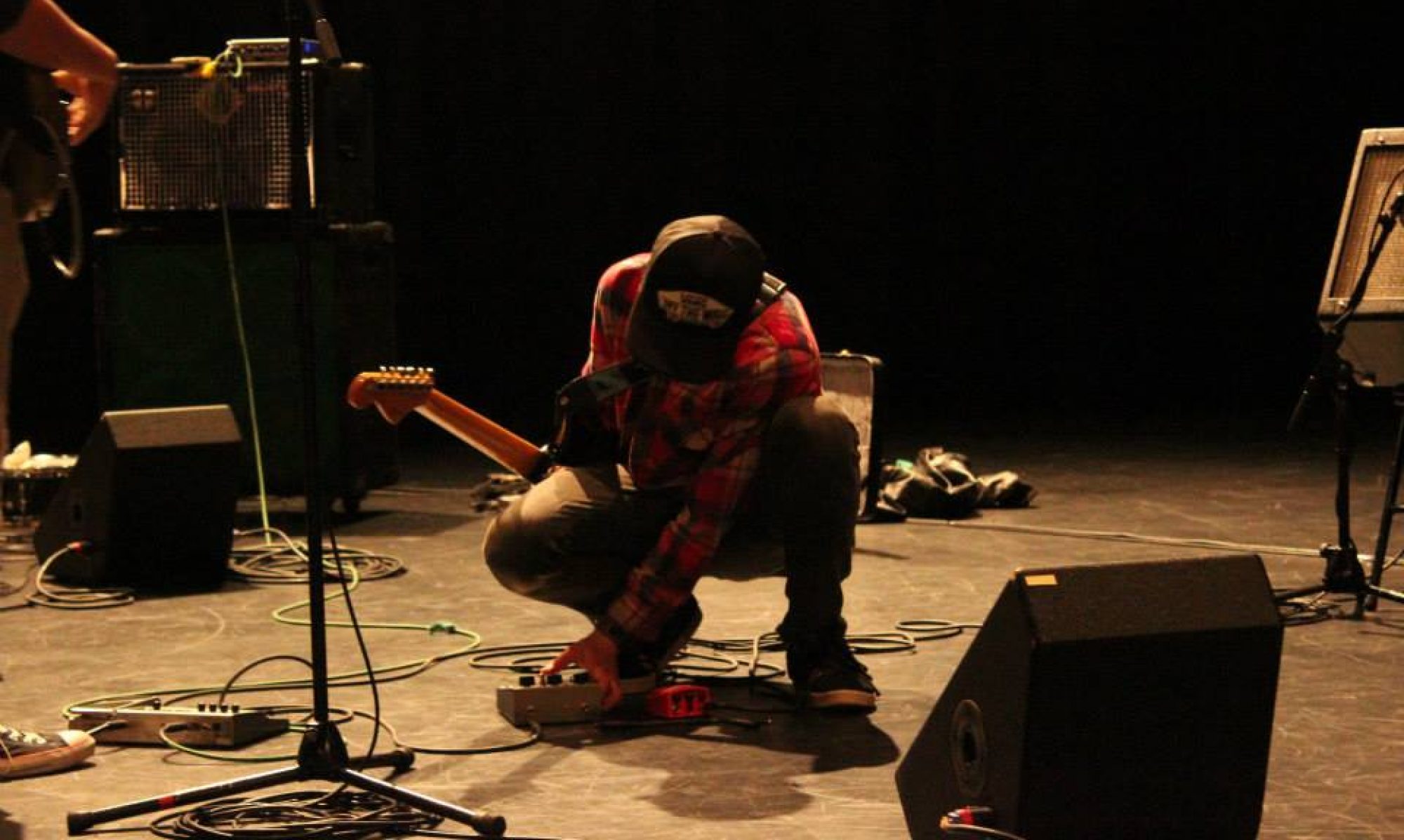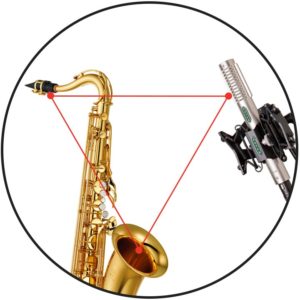Type of sound:
You’ll need slightly different setups based on the type of sound you’re going for.
In my case I’m going for an accompanying background sound, which should be somewhat soft. This can be achieved by playing the piano slightly quieter rather than all out loud piano.
Upright Piano Recording Samples:
- The bigger the room the better
- Condenser or Ribbon Mics yield the best sound for piano, ideally cardioid as well
In order to get the sound needed from above, either place a pair of microphones on the outside of the instrument for a more natural sound, or just one. They should be cardioid condenser mics like stated before. The mic(s) should be placed close but not too close, and placed either close to the front or back of the piano for a singular mic or in both spots for two. Optimal distance is 8 inches (more or less) for the most dynamic sound. The piano can also be opened. In most cases, you can put a mic on top of the piano.
In short, all you really need is the piano, condenser mics that have a cardioid setting and distance proportional to the volume of the piano you want.
https://lh3.googleusercontent.com/proxy/xv4YFVzD90aNl6pLXfGXUdJ1WPw70piG9MRFCfV-pfNrLeC2Y13BGo35F5Nd2Y5LuUVr4r9RXAVzLDtNNAgAHBfYhPWfIRfXJBGhHsvsTPvS8uWHYBkYXA
https://www.audio-technica.com/en-us/support/basic-recording-techniques-wpiano-sound/https://www.dawsons.co.uk/blog/how-to-record-piano



